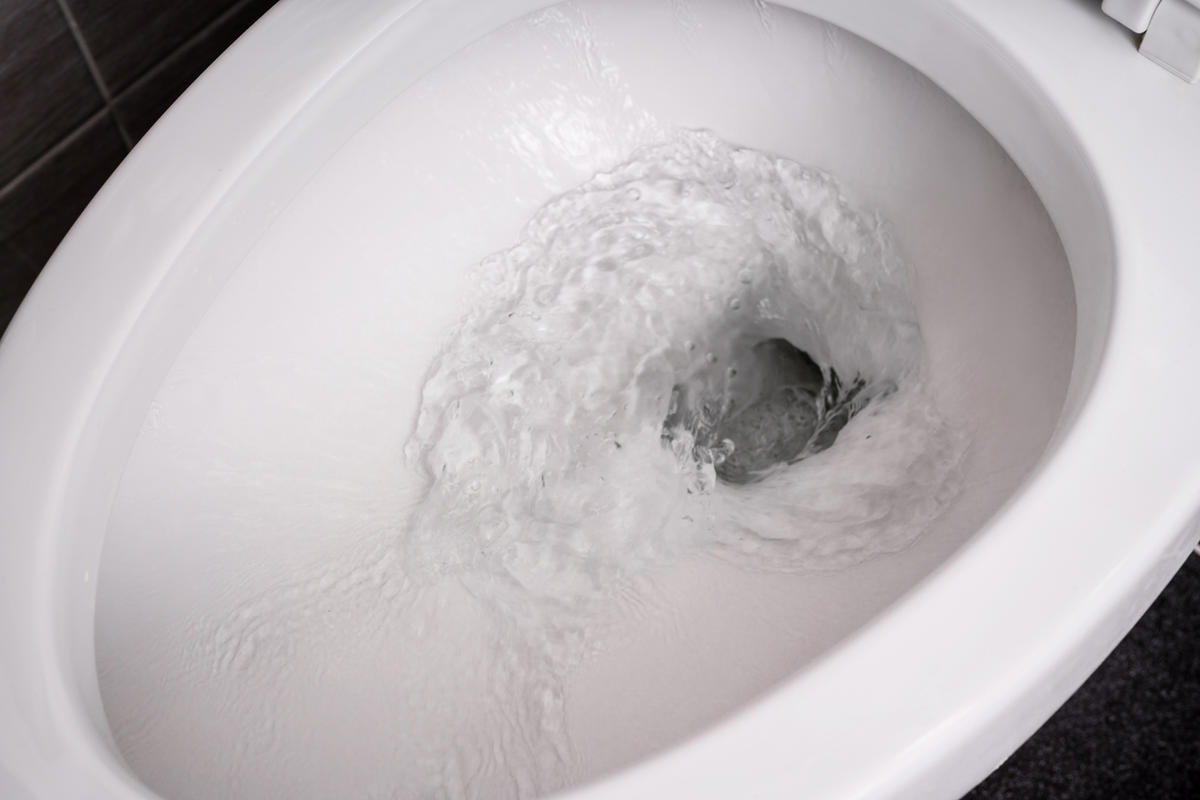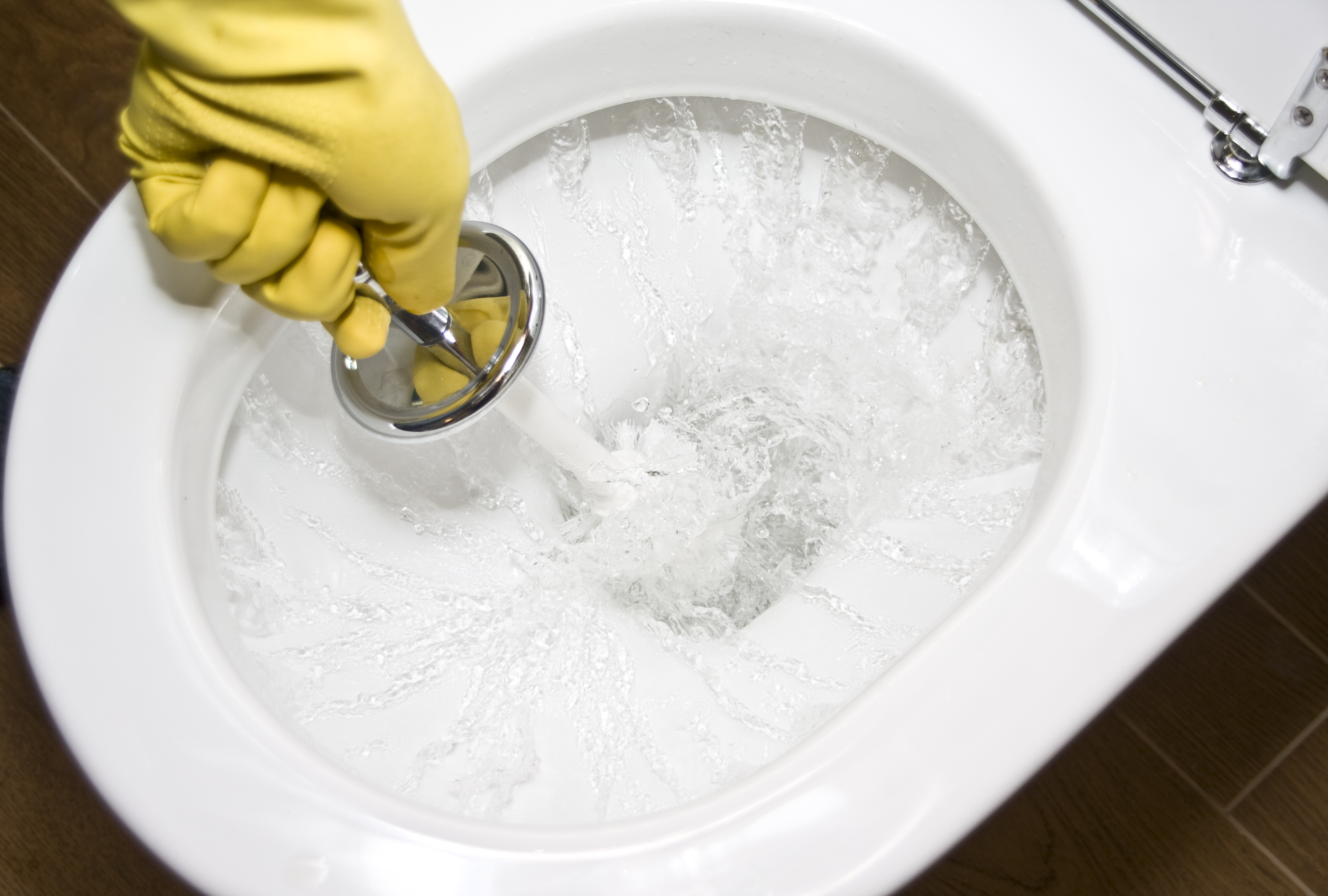
It is an awful situation for your plumbing system, as the outside temperatures drop and the water in your pipes freezes, leaving your toilet pipes without running water. When the frozen toilet pipes have thawed, they split, which will result in a costly repair bill. To help prevent you from becoming a victim of a terrible disaster, we talk about how to get toilet lines to not freeze. How to flush toilet with frozen pipes?
Why do toilet pipes freeze?

The frigid weather can be a factor in freezing toilet pipes, but why do some homeowners complain about their frozen and burst pipes? What does it mean besides where frozen toilet pipes can be found? In a typical home, plumbing runs through a wall.
The house’s exterior is well insulated, and the air in its interior is kept out of the toilet pipes, keeping them frozen.
The heating of the house can also be absorbed by ducts. Those frozen toilet pipes that have been damaged will freeze when exposed during a winter storm. Often, homes feature toilet pipes that run through the attic or crawl space.
Dealing with frozen toilet pipes
The frozen pipes in the toilet can cause a lot of unnecessary trouble. This happens when the design of the house suggests that a significant part of the toilet pipes remains outside the walls of the house, or passes in the thickness of the walls, but is not well-insulated.
How to flush toilet with frozen pipes?
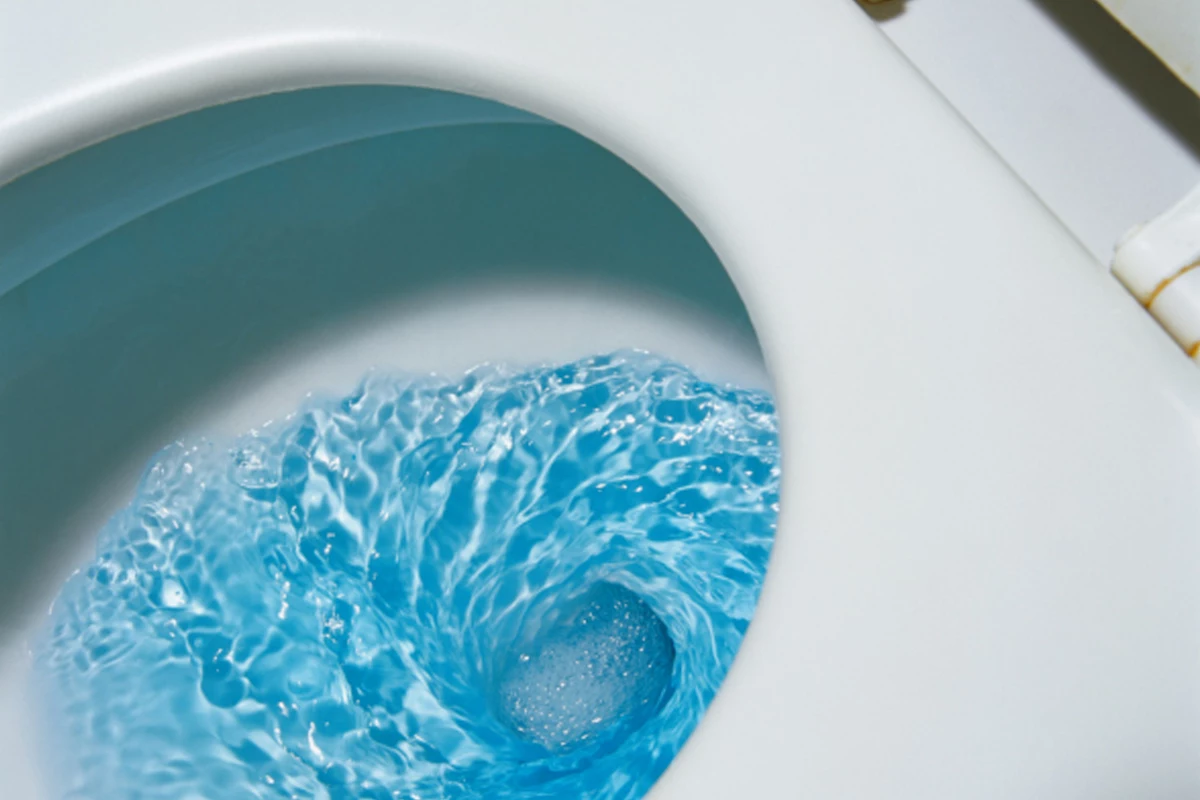
When water freezes, it expands. The pipes then cannot contain expansions in the water and will burst in the extra force as a soda can burst in the freezer. It will not happen at all inside your home, as the heat keeps your toilet pipes below freezing temperatures.
But these pipes that are uncovered in unheated places in the house may also be exposed to the cold weather and thus could freeze if they are uncovered.
How do you tell if toilet pipes are frozen?
Finding a frozen part of the pipeline can be very difficult: it is good if the pipes are in an easily accessible place (such a constructive solution, by the way, and can lead to the freezing of the pipes).
However, all available sections of the frozen toilet pipe should be carefully checked as far as possible:
- visually examine the surface of the frozen pipes – is there any frost, or frozen condensate on it?
- walk all over the frozen toilet pipe with your hands: areas with ice blockage will be significantly colder than the surrounding
- tap some metal on different sections of the pipe: frozen sections will make a dull sound
If the frozen pipes are hidden in the thickness of the wall, and you cannot get there on your own, then you may need to call a plumber.
What should I do, when I will have found the frozen pipe?
The first thing to do is to try to warm up the frozen pipes by increasing the flow of warm air from inside the house.
Open the toilet doors to allow warm air to circulate more actively from colder rooms to less cold ones.
If it works and the water starts flowing back into the toilet tank, – great! — then you got off lightly, though it does not eliminate the need for additional thermal insulation of the pipes.
If the simple opening of doors does not work, then you will have to take the case more seriously.
Use a heating pad

Wrap it around the frozen pipe. Do not turn it on to a high temperature: in this case, faster does not mean better. If you thaw frozen toilet pipes the ice, can cause its rupture.
Towel option
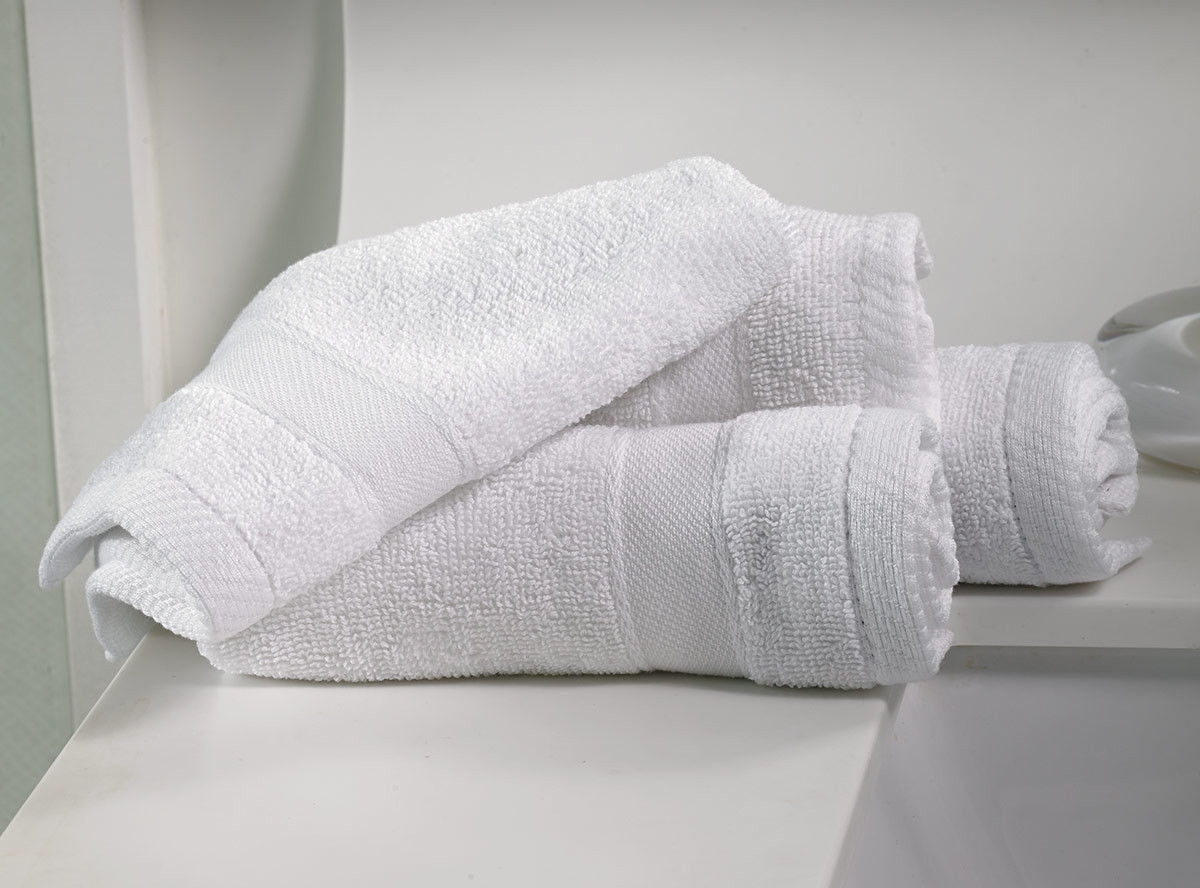
Soak the towels (preferably thick, terry) in hot water, and wrap them around the frozen pipes. From below, make sure to cover the floor with rags or some container to collect falling drops.
Hair dryer option

Turn on the usual hair dryer at minimum power and slowly heat the frozen parts of the toilet pipe with the flow of warm air. Try to distribute the heating evenly, conducting the nozzle along the entire length of the frozen area, staying in one place for no longer than a few seconds.
Option with a space heater
This, of course, is not the best option from our point of view, but for lack of better, you can use it.
Place the space heater in front of the frozen section of the pipe, direct the radiator to it and turn it on the minimum power. Do not put the space heater too close to the frozen pipes, it is better to keep it at least a couple of feet away.
Do not use open fire!
As we have noted many times here, you shouldn’t thaw frozen toilet pipes too intensely: the rate of thawing is directly proportional to the probability of pipe rupture. The faster the ice melts in the frozen pipes, the more likely it is that the pipe will burst, causing you much more trouble than the unwashed contents of the toilet bowl.
And that’s not to mention the fact that open flames can cause combustible things to ignite nearby, and cause a fire!
What to do to keep the pipes from freezing again
Well, you were able to break the ice cork, the water started flowing again, and the contents of the toilet bowl were safely washed away.
But you realize, of course, that in time, depending on the weather, it will happen again. What can (and should) be done so that no frosts anymore do not make you aim the hairdryer at the pipes, and not at the hair?
Thermal insulation of open pipe sections
The first and most important thing you have to do in this case is to properly wrap the pipes to better retain heat.
Polyurethane foam
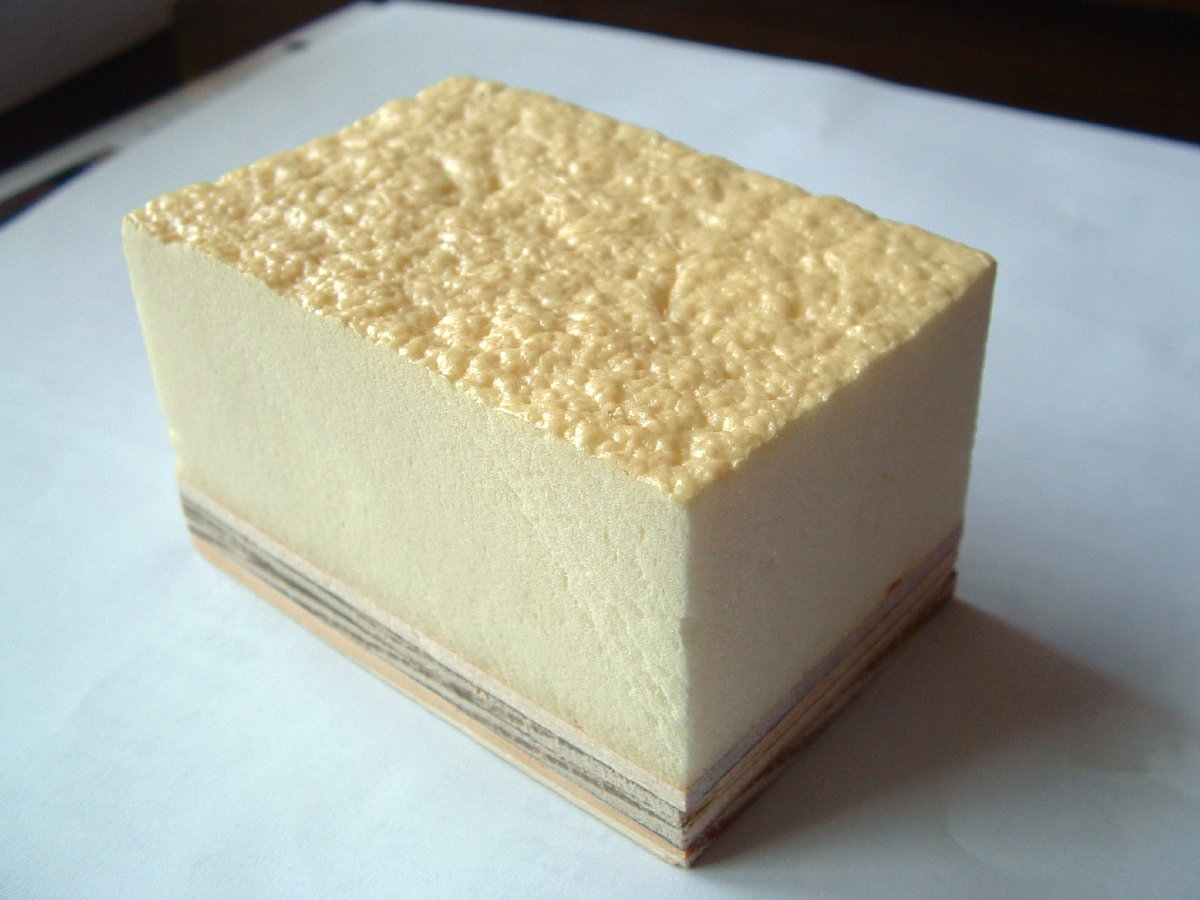
The simplest and cheapest option is polyurethane foam. You just buy a spray can (probably a few) of foam, and mold those places that can freeze.
Cut the surplus with a knife and fix insulation to the pipe with construction tape.
There are also ready-made solutions for insulating pipes – conventional foam, foil foam, and other special insulation.
Electrical heat tape

The option is more expensive but much more reliable – this is a heating cable – specially designed for this purpose.
It is sold in the form of tape or wire, which is wound and fixed along the surface of the pipe, and as the temperature decreases (they are usually equipped with thermostats) are turned on, heating, and not allowing water in the pipes to freeze.
Close the exterior doors
If doors or windows are open in the rooms adjacent to the toilet, close them. This will increase the temperature in them by at least one or two degrees, and this may be enough to ensure that the water in the pipes does not freeze.
Open internal doors
The same is true and vice versa: it happens that due to the structural features of the house, the toilet gets less heat than other rooms.
Then if you keep the bathroom doors open, when outside in cold weather, the temperature will be a little higher than it would be behind closed doors. And that might be enough to stop the pipes from exposing to freezing temperatures.
Dripping tap helps water in pipes not to freeze
Leaving the water running from the tap with a thin trickle will reduce the chance of it freezing in the pipe. Pouring hot water freezes much slower than standing water.
Flush the toilet more often

Again, the less water stays in the pipes, the faster it freezes. More often, wash the water in the toilet, do not turn off the faucet, take another shower and wash your hands.
Increase the total temperature in the house
If you have gas or electric heating in the house, and there is a thermostat, then set it a couple of degrees higher. If the house is heated with a stove or fireplace, just burn some more wood or coal, than usual: in the cold, it does not hurt anyway.
Total heat efficiency of the house
Last but not least, it is the general thermal insulation of the house: how well the households heat. Check all the gaps and joints: between the windows and the wall, between the doors and the wall, basement, and attic.
The thermal efficiency of the house can be checked independently with the help of a thermal imager (if there is one), or invite professionals from special organizations.
Antifreeze washing of water and sewer pipes
This way works if the toilet is not used for a while: if you leave for a couple of days and are afraid that the pipes will freeze.
What can I pouring down the drain to unfreeze pipes? Buy a special plumber’s antifreeze – it should be a plumber’s antifreeze, not your car antifreeze.
First, close the tap and flush all the water from the drain tank into the toilet, open the lid and pour antifreeze into the toilet tank.
Most likely, in the container in which it is sold, you will need to pour it out completely. Then rinse the toilet again. Everyone, you can rest assured for the next couple of days.
Can you flush the toilet when pipes are frozen?
Sure, you can if the sewer pipe isn’t frozen too. Though, you can flush only once: water won’t fill the toilet tank because of the clogged pipes, and you will have to supply water for the next flushes from elsewhere.
Summing up
Of course, it might seem like finding frozen pipes in the toilet and just unfreezing them is not that difficult. But you have to remember that this is just a symptom of heat insulation problems at home.
This is not only a temporary problem but also increased bills for heating and even mold on the walls. So try to eliminate the cause rather than the consequence, and your home will thank you warmly. Wonder why does toilet whistle, read.

